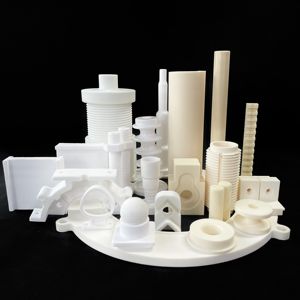Professional industry ceramic supplier, silicon nitride, silicon carbide, aluminum nitride and any other kinds of ceramics.
PRODUCT PARAMETERS
Description
Overview of Refractory Heat Resistance High 95% 99% Porous Hollow Al2o3 Alumina Ceramic Tube/rod
Refractory Heat Resistance High 95% 99% Porous Hollow Al2o3 Alumina Ceramic Tube/rod are non-metallic substances designed to withstand extreme temperatures exceeding 1,000°C, along with harsh chemical and physical stresses. They are essential for the inner linings of industrial furnaces, kilns, reactors, and incinerators, providing critical thermal insulation and structural integrity in processes ranging from metal and glass manufacturing to power generation.
Features of Refractory Heat Resistance High 95% 99% Porous Hollow Al2o3 Alumina Ceramic Tube/rod
-
High-Temperature Resistance: Maintain structural strength and stability at temperatures often exceeding 1500°C.
-
Excellent Thermal Shock Resistance: Withstand rapid heating and cooling cycles without cracking or spalling.
-
Chemical Inertness: Resist corrosion and degradation from slags, molten metals, and acidic or basic environments.
-
High Mechanical Strength: Possess considerable load-bearing capacity at operating temperatures.
-
Low Thermal Conductivity: Provide effective insulation to improve energy efficiency and protect furnace structures.
-
Abrasion Resistance: Withstand erosion from solid materials and gas flows.
Specification of Refractory Heat Resistance High 95% 99% Porous Hollow Al2o3 Alumina Ceramic Tube/rod
This item provides permeable alumina ceramic tubes and rods. These components are made from light weight aluminum oxide. They have high purity levels. The pureness is commonly 95% or 99%. This high pureness is important. It makes the material really steady. It helps the ceramic resist warmth extremely well. These tubes and rods can handle extremely hot settings. They function well over 1500 ° C. Some qualities take care of even hotter problems. The special attribute is the permeable structure. This suggests the product has numerous little openings inside. The porosity is regulated throughout production. It gives the ceramic superb protecting residential properties. This insulation helps save energy. It secures surrounding components from heat. The porous structure makes the components lighter too. This reduces weight in applications. These porcelains reveal wonderful thermal shock resistance. They can deal with quick temperature level changes. This avoids splitting or breaking. They are also chemically inert. This indicates they withstand assault from numerous chemicals. They are strong and durable. These properties make them helpful in several sectors. They prevail in heaters and kilns. They function well as thermocouple protection tubes. They are utilized in lab tools. They function as insulation sleeves. They locate usage in burner. They are effective as hot gas filters. They serve as catalyst sustains. They are used in metallurgy processes. They are handy in aerospace applications. These permeable alumina parts come as tubes. They additionally come as solid rods. Various dimensions are readily available. Usual dimensions consist of diameters from 2mm to 50mm. Lengths vary from a couple of centimeters to over a meter. Personalized dimensions are feasible. The exact size depends on your requirements.
Applications of Refractory Heat Resistance High 95% 99% Porous Hollow Al2o3 Alumina Ceramic Tube/rod
These alumina ceramic tubes and rods contain 95% to 99% Al2O3. This high pureness makes them very warm resistant. They hold up against very high temperatures. This home is critical for heating system use. Kilns and industrial heating systems also require this material. The tubes and poles can deal with unexpected temperature changes well. This thermal shock resistance is very important.
The material is permeable. This permits gases or fluids to pass through. So, they work well as filters. Hot gases can be filtered properly. They are inert chemically. This means they stand up to corrosion. Solid acids or bases do not damage them quickly. This is crucial for chemical processing devices. Sensors frequently utilize these components also.
The hollow shape of the tubes is useful. Molten metal can stream through them safely. Foundries use them for moving fluid metal. The alumina ceramic offers excellent electrical insulation. Digital tools benefit from this feature. Heating systems and igniters in devices utilize these components.
Their structure incorporates toughness and reduced weight. The porous nature decreases total density. Yet, they stay durable. This is good for supporting other hot components. Burning systems use them for heater components. The tubes assist fires reliably.
Company Profile
Tanki New Materials Co.Ltd. focus on the research and development, production and sales of ceramic products, serving the electronics, ceramics, chemical and other industries. Since its establishment in 2015, the company has been committed to providing customers with the best products and services, and has become a leader in the industry through continuous technological innovation and strict quality management.
Our products includes but not limited to Aerogel, Aluminum Nitride, Aluminum Oxide, Boron Carbide, Boron Nitride, Ceramic Crucible, Ceramic Fiber, Quartz Product, Refractory Material, Silicon Carbide, Silicon Nitride, ect. please feel free to contact us.

Payment Methods
T/T, Western Union, Paypal, Credit Card etc.
Shipment Methods
By air, by sea, by express, as customers request.
5 FAQs of Refractory Heat Resistance High 95% 99% Porous Hollow Al2o3 Alumina Ceramic Tube/rod
People often ask about these porous alumina ceramic tubes and rods. Here are some common questions.
What is special about these tubes? They are mostly air inside. About 95% to 99% of their structure is tiny holes. This makes them very light. It also means they trap heat well. They are good insulators. They are made from alumina powder shaped into tubes or rods. Then they are baked at high temperatures. This creates the strong, porous structure.
Why is high alumina important? Alumina is aluminum oxide. It handles heat well. It stays strong even at high temperatures. It doesn’t react easily with most chemicals. It lasts a long time. Using high-purity alumina (Al2O3) means better performance. It keeps its shape under thermal stress. It resists wear and corrosion.
How hot can they get? These tubes handle very high temperatures. They are designed for intense heat. They work reliably up to about 1700 degrees Celsius. This depends on the exact purity and structure. They resist sudden temperature changes too. They won’t crack easily from thermal shock. They are stable for long periods in hot environments.
Where are they used? People use them where heat is a problem. They are found in furnaces and kilns. They act as insulation liners. They protect thermocouples and sensors. They are supports for heating elements. They are used in lab equipment. They are good for gas filtration in hot gases. They work in metal processing. They are common in aerospace testing. Any place needing lightweight, heat-resistant parts might use them.
How do I handle them? Be careful. They are strong but brittle. Avoid dropping them. Avoid strong impacts. They can break. Protect them from sharp knocks. Store them safely. Handle them gently during installation. They resist chemicals well. But very strong acids or alkalis could damage them over time. Check the specific chemical resistance for your use.
REQUEST A QUOTE
RELATED PRODUCTS

High Quality Corundum Refractory Brick 99% Al2o3 Alumina Ceramic Lining Tiles
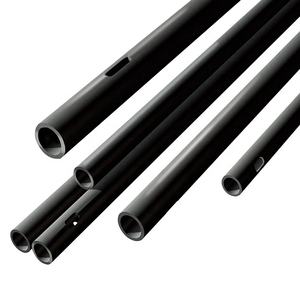
Sic Refractory Plates For Kilns
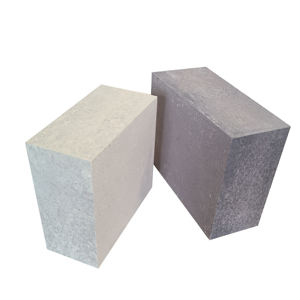
Soft Kneaded Repairing Material Available Ceramic Castable Refractory
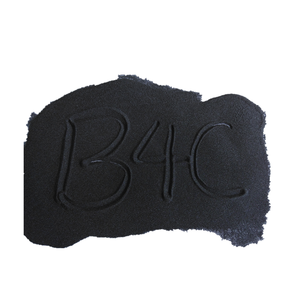
Calcium Aluminate Cement 3000-Degree-Refractory-Cement 45 % Al2o3 HA High Alumina Refractory Cement for Kiln Furnace Lining
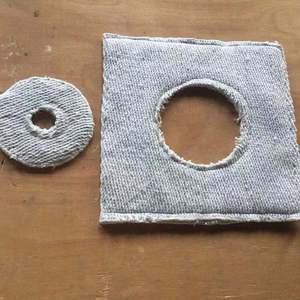
Multi-Layer Silicon Carbide Refractory Brick Low Heat Loss Slag Resistance Custom Cutting for Steel Glass Cement Industries
